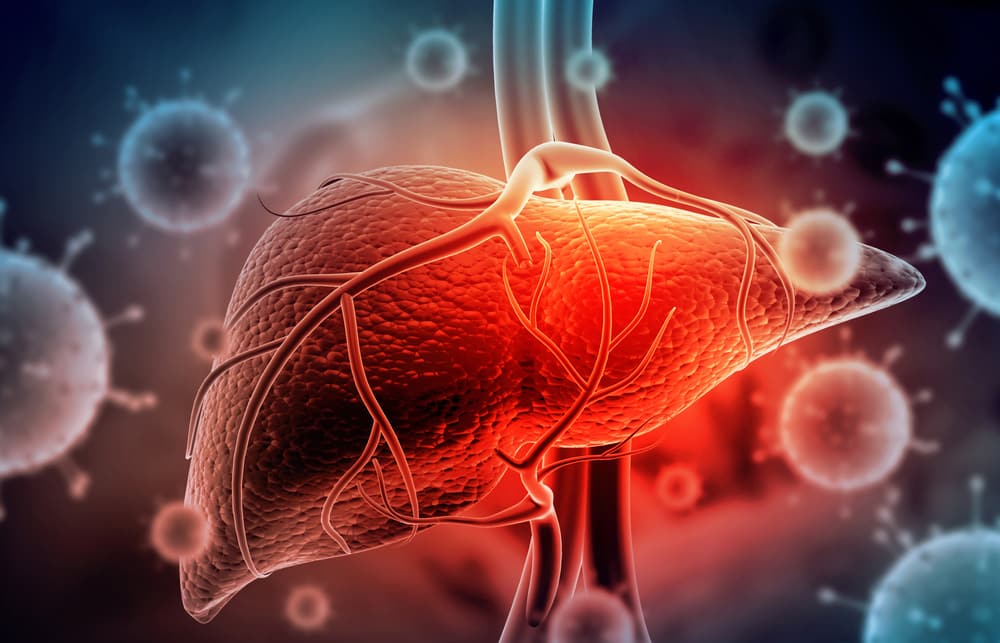Eiger BioPharmaceuticals, Inc., a commercial-stage biopharma company focused on the development of innovative therapies to treat and cure hepatitis delta virus (HDV) and other serious diseases, has announced data presented at the European Association for the Study of the Liver (EASL) International Liver Congress 2022 that took place June 22-26 in London, U.K.
David Cory, president and CEO of Eiger, said, “Our phase 3 D-LIVR study will produce the single largest cohort of patient data from a well-controlled global study of HDV. We look forward to continued collaboration with investigators and key opinion leaders to mine this deep data set, providing additional insights, with a goal of improving outcomes for the global HDV patient population. In parallel, we are preparing for topline results from the landmark D-LIVR study by end of year.”
Presentations
In the ongoing phase 3 D-LIVR study, the largest cohort to date of patients with chronic HDV, alarmingly high rates of cirrhosis were seen among patients with compensated liver disease at a relatively young mean age. More than 40% of cirrhotic patients were 45 years old or younger. A high index of suspicion for cirrhosis should be maintained in this population, the company said, especially in older patients and in those showing subtle changes in markers of synthetic liver function and portal hypertension.
In its second abstract, the company said previously reported end of study data from its phase 2 LIMT-1 trial of peginterferon lambda (Lambda) monotherapy showed Lambda therapy had better antiviral activity and tolerability compared to historical data for peginterferon alfa and identified four main HDV RNA kinetic patterns under Lambda therapy.
Eiger said the study provides, for the first time, a dynamic description of HDV response under Lambda monotherapy. Lambda blocks viral production with high efficacy. HDV kinetics depend on Lambda efficacy, the baseline fraction of noninfected hepatocytes and their proliferation rates.
The company said while end-of-study data from the phase 2 LIFT-1 study of peginterferon lambda combined with lonafarnib was previously reported, the goal of the current study was to characterize HDV RNA, HBV DNA, HBsAg and ALT kinetics during and after combination therapy.
Combination therapy was associated with better treatment success compared to Lambda monotherapy. Reduction of the triphasic kinetic pattern suggests the addition of Lonafarnib may decrease the production/release of HDV RNA.
About HDV
According to the World Health Organization, Hepatitis D is an inflammation of the liver caused by the hepatitis D virus (HDV), which requires the hepatitis-B virus (HBV) for its replication. Hepatitis D infection cannot occur in the absence of HBV. HDV-HBV co-infection is considered the most severe form of chronic viral hepatitis due to more rapid progression towards hepatocellular carcinoma and liver-related death.
Vaccination against hepatitis B is currently the only method to prevent HDV infection.
A study published in the Journal of Hepatology in 2020, conducted in collaboration with WHO, estimated HDV affects nearly 5% of people globally who have a chronic infection with HBV. It also noted HDV co-infection could explain about 1 in 5 cases of liver disease and liver cancer in people with HBV infection.
The study identified several geographical hotspots of high prevalence of HDV infection including Mongolia, Moldova, and countries in western and central Africa.
About Eiger
Eiger is a commercial-stage biopharmaceutical company focused on the development of therapies to treat and cure HDV and other serious diseases. The Eiger HDV platform includes two first-in-class therapies in phase 3 that target critical host processes involved in viral replication.
Eiger is also developing peginterferon lambda as a therapeutic for COVID-19 and reported positive results from TOGETHER, a phase 3 investigator-initiated study.
All five Eiger rare disease programs have been granted FDA Breakthrough Therapy designation: lonafarnib and peginterferon lambda for HDV, Zokinvy for progeria, and avexitide for both congenital hyperinsulinism and post-bariatric hypoglycemia.





